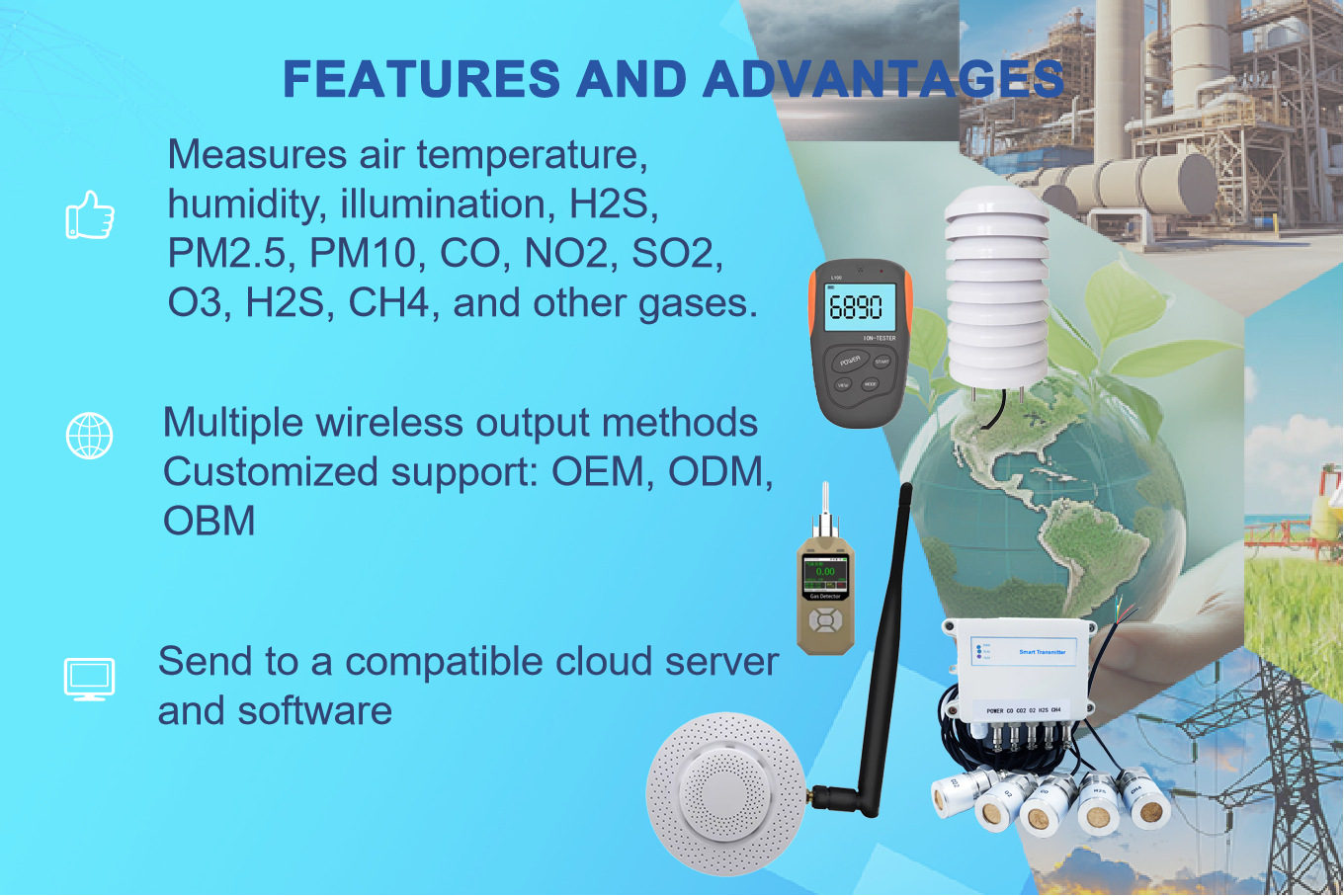1. Project Background
Saudi Arabia is the world’s largest oil producer and exporter, making safety management in its oil and gas industry critical. During oil extraction, refining, and transportation, combustible gases (e.g., methane, propane) and toxic gases (e.g., hydrogen sulfide, H₂S) may be released, necessitating highly reliable explosion-proof gas sensors to detect leaks and prevent explosions and poisoning incidents.
2. Application Scenarios
Saudi Aramco has deployed explosion-proof gas sensors in the following key areas:
- Oil & Gas Extraction Platforms – Monitoring flammable gas leaks at wellheads, pipelines, and compressor stations.
- Refineries – Detecting combustible and toxic gases in production units, storage tanks, and pipe racks.
- Oil Storage & Transportation Facilities – Ensuring safety in oil depots, LNG terminals, and pipelines.
- Petrochemical Plants – Real-time monitoring of high-risk gases such as ethylene and propylene.
3. Sensor Technology Solution
1. Sensor Types
| Sensor Type | Detected Gases | Explosion-Proof Rating | Operating Environment |
|---|---|---|---|
| Catalytic Bead (Pellistor) | Methane, Propane (Combustible) | Ex d IIC T6 | High temp, high humidity |
| Electrochemical | H₂S, CO (Toxic) | Ex ia IIC T4 | Corrosive environments |
| Infrared (NDIR) | CO₂, CH₄ (Non-contact) | Ex d IIB T5 | Hazardous zones |
| Semiconductor | VOCs (Volatile Organic Compounds) | Ex nA IIC T4 | Refineries, chemical plants |
2. System Architecture
- Distributed Sensor Network: Multiple sensor nodes deployed in critical zones for grid-based monitoring.
- Wireless Transmission (LoRa/4G): Real-time data transmission to a central control room.
- AI Data Analysis: Predicts leak risks using historical data and triggers automatic alarms and emergency responses.
4. Implementation Results
- Reduced Accident Rates: From 2020 to 2023, combustible gas leak incidents in Saudi oil facilities decreased by 65%.
- Faster Response Time: Emergency teams receive alerts within 30 seconds and initiate countermeasures.
- Optimized Maintenance Costs: Self-calibrating sensors reduce manual inspection frequency.
- Compliance with Global Standards: Meets ATEX & IECEx explosion-proof certifications.
5. Challenges & Solutions
| Challenge | Solution |
|---|---|
| High desert temperatures reduce sensor lifespan | High-temp resistant sensors (-40°C to 85°C) with protective enclosures |
| High H₂S concentrations cause sensor poisoning | Anti-poisoning electrochemical sensors with automatic cleaning |
| Unstable remote data transmission | 4G + Satellite backup for zero data loss |
| Complex installation in hazardous zones | Intrinsically Safe (Ex ia) sensors for easier deployment |
6. Future Development
- Predictive Maintenance with AI: Analyzes sensor data to forecast equipment failures.
- Drone Patrols + Fixed Sensors: Expands monitoring to remote oil wells.
- Blockchain Data Logging: Ensures tamper-proof records for incident investigations.
- Hydrogen Industry Adaptation: Developing explosion-proof sensors for green/blue hydrogen production.
7. Conclusion
By implementing high-precision explosion-proof gas sensors, Saudi Arabia’s oil industry has significantly enhanced operational safety, setting a global benchmark. With further integration of IoT and AI, this technology will continue to optimize risk management in the oil and gas sector.
For more gas sensor information,
please contact Honde Technology Co., LTD.
Email: info@hondetech.com
Company website: www.hondetechco.com
Tel: +86-15210548582
Post time: Aug-12-2025

